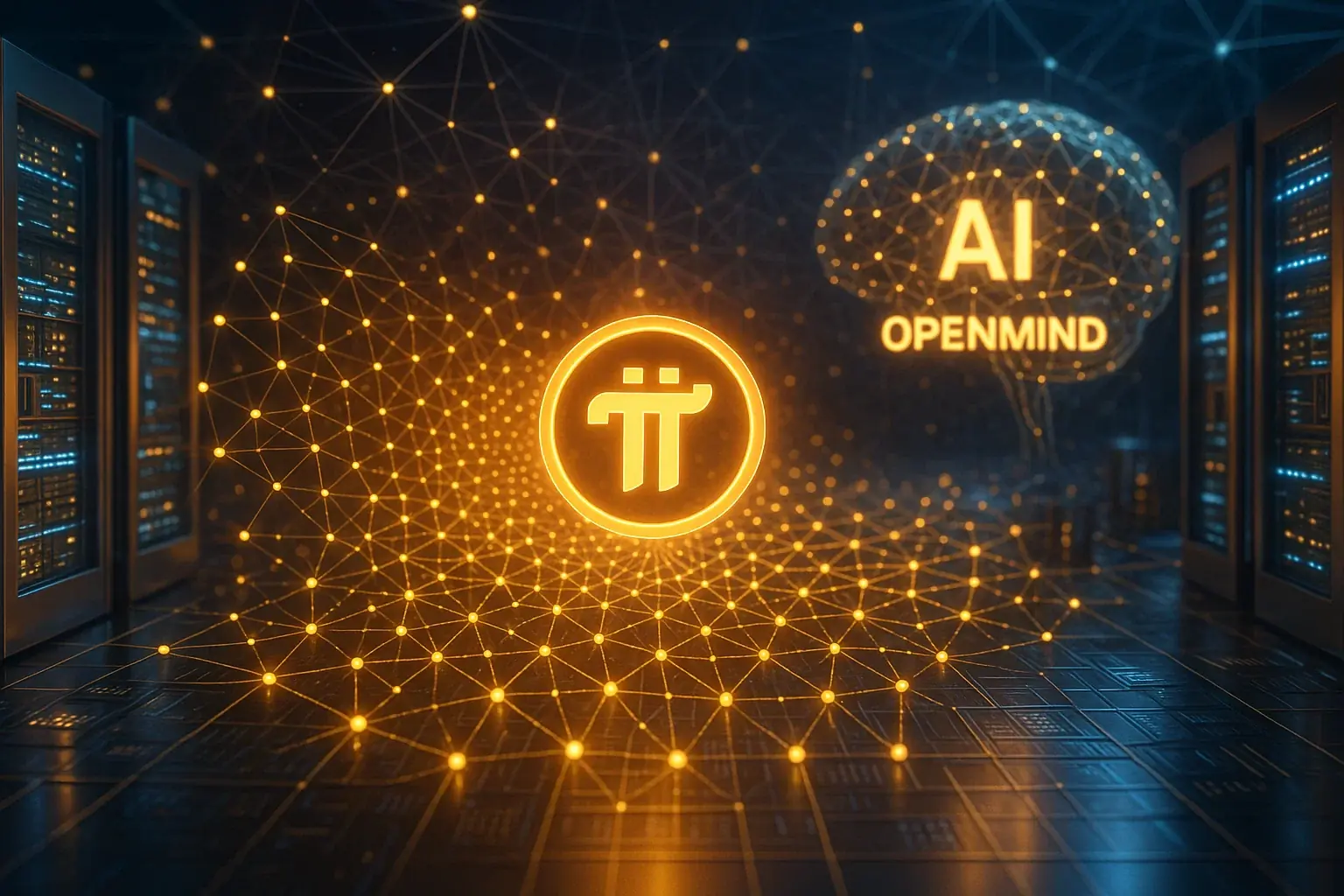
Pi Network between Technical Advancement and Mainnet Frustration: Price Drops 10%
The Pi Core Team released update 0.5.4, but the technical progress is in stark contrast to the on-chain reality. Low Mainnet activity and the sale of the WorkforcePool hackathon winner signal serious problems.




Pi Network recently introduced version 0.5.4 of its Pi Node, an update that aims to breathe new life into the ecosystem with promises of performance improvements, more accurate reward calculations and a revamped user experience.
However, this technical momentum is in stark contrast to the persistent challenges plaguing the network, including low Mainnet activity and growing discontent among developers, compounded by pressure on the price of Pi Coin, which has dropped nearly 10% in the last week.
Pi Network Introduces New Technical Improvements
The Pi Core Team announced the release of Pi Node version 0.5.4 on 6 November. The application has also been renamed 'Pi Desktop' to reflect broader functionality, now offering users a unified interface to access Node, the mining app and Pi App Studio.
The update brings with it several key improvements. These include fixes for issues reported by the community related to Node's mining rewards, automatic updates and block container creation.
A new open-port verification system has been implemented to ensure accurate Node bonus calculations. In addition, Pi Desktop now allows approved external links, enabling users to directly access blogs and resources from the mining app and Pi App Studio.
These advances collectively increase performance and the overall experience for Pi Node operators.
This release builds on the OpenMind pilot project, which demonstrated the Pi Network's capability for decentralised AI training. OpenMind reported that more than 350,000 active nodes participated in the proof of concept, completing image recognition workloads.
This partnership also marked the first investment by Pi Network Ventures, signalling a potential shift towards real-world uses of the blockchain.
Pi Network Addresses Pressure and Lack of Activity
Despite OpenMind's progress at scale, the on-chain reality of the network is problematic. The PiScan data show a bleak picture: at the moment, there are only 296 active Mainnet nodes and three validators.
To this is added the discontent expressed by developers. WorkforcePool, the first winner of Pi Network's Hackathon and a decentralised marketplace for freelancers, has announced that it is for sale. This move sparked criticism from the community, with developers citing high operational costs, lack of support from the team, and slow progress as the main reasons.
The launch of the Open Network by Pi Network in February was intended to improve accessibility and support dApp development. However, slow app development and Mainnet migration disappointed stakeholders, contributing to community frustration. Finally, the price performance did not help Pi Network's cause.
After the initial enthusiasm wore off, Pi Coin continued to show weakness. Despite a brief rise in late October, it slipped again, cementing a period of market pressure.
Read Next
Fasttoken flies: FTN +200% in 24 hours despite difficult 2025
Fasttoken (FTN) surprised the market with a near 200% rally in less than 24 hours, emerging as one of the few altcoins to rally strongly amid general weakness.
Grayscale files application with SEC to launch first ETF on Zcash
Grayscale submitted an application to the SEC to launch the first ETF dedicated to Zcash, with the aim of bringing ZEC coin privacy to NYSE Arca at a time of strong institutional interest.
Uniswap Price Jumps After Founder's Proposal to Burn UNI Tokens and Activate Commissions
Uniswap's price doubles after Hayden Adams proposes to burn 100 million UNI tokens and activate the burning of commissions, turning UNI into a deflationary asset.
WLFI Buyback and Burn: Price +50%?
WLFI launches a buyback and burn proposal: deflationary mechanism that could push the price up to +50%.